According to information from the Department of Cultural Heritage (Ministry of Culture, Sports and Tourism), at 13:02 on July 12 (Paris time), or 18:02 on July 12 (Vietnam time), at the 47th Session of the World Heritage Committee (UNESCO) taking place from July 6-16 in Paris, France, Professor Nikolay Nenov (Bulgaria) - Chairman of the Session officially gave the hammer to recognize the Complex of Monuments and Landscapes of Yen Tu - Vinh Nghiem, Con Son, Kiep Bac (located in the provinces of Quang Ninh, Bac Ninh and Hai Phong city) as a World Cultural Heritage.
This is the 9th World Heritage Site in Vietnam recognized by UNESCO and the 2nd inter-provincial World Heritage Site in Vietnam, along with the World Heritage Site of Ha Long Bay - Cat Ba Archipelago (in Quang Ninh province and Hai Phong city).
Outstanding criteria
According to the Department of Cultural Heritage, the Complex of Monuments and Landscapes of Yen Tu-Vinh Nghiem, Con Son, Kiep Bac was recognized by UNESCO as a World Cultural Heritage according to criteria (iii) and (vi), as evidence of the unique combination between the State, religion and people in the formation of the Vietnamese national identity; along with the sacred landscape formed through frequent and close interactions with nature; and an ethical system based on the love of peace , self-cultivation, tolerance, kindness and harmony between humans and nature.
Accordingly, criterion (iii) is the harmonious combination of the State, religion and the people's community developed from the homeland of Yen Tu mountain, creating a unique cultural tradition of global significance, shaping national identity, promoting peace and security in the wider region.
The relic and scenic complex of Yen Tu - Vinh Nghiem, Con Son, Kiep Bac is a special testament to Truc Lam Buddhism, a unique Zen tradition of Vietnam founded in the 13th century by Tran kings, royals and wise monks, especially Buddhist Emperor Tran Nhan Tong, the only known monarch in Asia who gave up the throne to become a monk, founding a Zen sect imbued with the philosophy of life and Vietnamese character.
Integrating Mahayana Buddhism with Confucianism, Taoism and indigenous beliefs, Truc Lam Buddhism contributed to forming the spiritual foundation of Dai Viet nation, creating momentum for the rise of an autonomous and self-reliant nation, while promoting cultural dialogue and the spirit of peaceful friendship among nations.
For centuries, the Yen Tu - Vinh Nghiem, Con Son, Kiep Bac relic and scenic complex has always played an important role in practicing, transmitting, spreading and creating culture.
The spirit of tolerance and creativity of Truc Lam Buddhism has inspired and brought human values to the domestic and international communities.
In criterion (vi), it affirms that Truc Lam Buddhism is a globally significant example of how a religion, originating from many beliefs, originating and developing from the homeland of Yen Tu, has influenced secular society to promote a strong nation, ensuring peace and regional cooperation.
The relic and scenic complex of Yen Tu - Vinh Nghiem, Con Son, Kiep Bac is directly related to the birth and spread of the creative and humanistic values of Truc Lam Buddhism.
The continuous organization of rituals, festivals, propagation of Buddhism and pilgrimages to historical sites - both in Vietnam and international Truc Lam Buddhist organizations - demonstrates the lasting global relevance of the philosophy of life, values of life, spirit of social community, living in harmony with nature, love of peace and compassion.
The Yen Tu-Vinh Nghiem, Con Son, Kiep Bac relic and scenic complex fully represents the Truc Lam Buddhist tradition, from its establishment in the sacred mountain area of Yen Tu Mountain as evidenced in ancient temples and archaeological sites, to the Vinh Nghiem Pagoda and Con Son-Kiep Bac relic site; and the systematization of philosophies expressed through steles, related relics and ritual practices.
These relics provide a full representation of the historical, spiritual and geographical dimensions of Truc Lam Zen Buddhism, clearly demonstrating the process of formation, development, and sustainable relationship of tangible and intangible cultural values and documentary heritage in historical and cultural spaces.
Religious and spiritual cultural center
The Yen Tu-Vinh Nghiem, Con Son, Kiep Bac relic and landscape complex includes a system of relics belonging to special national relics that have been ranked by the Prime Minister (including the Yen Tu relic and landscape complex, the Tran Dynasty relic site in Dong Trieu, Vinh Nghiem Pagoda, Bo Da Pagoda, Con Son - Kiep Bac relic site, An Phu - Kinh Chu - Nham Duong historical and scenic relics), national relics that have been ranked by the Ministry of Culture, Sports and Tourism (Thanh Mai Pagoda...) and relics, antiques, national treasures, intangible cultural heritage, traditional festivals in the area... along with the landscape with the system of mountains and forests and the cultural space of Yen Tu-Vinh Nghiem-Con Son, Kiep Bac will be protected in a long-term, sustainable manner and their values will be promoted in accordance with the provisions of the Law on Cultural Heritage and the 1972 UNESCO Convention on the Protection of the World Cultural and Natural Heritage.
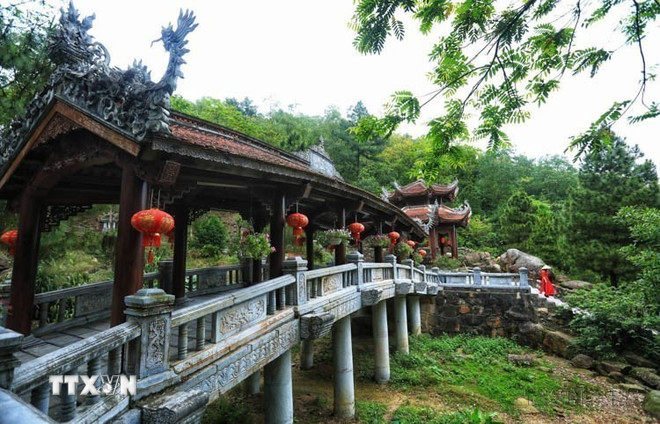
According to the Department of Cultural Heritage, the Yen Tu-Vinh Nghiem-Con Son-Kiep Bac Monuments and Landscape Complex, with Truc Lam Buddhism as its core, was founded in the 13th century by the Tran Dynasty kings, especially the role of Buddhist Emperor Tran Nhan Tong.
Truc Lam Buddhism has created many values, making special and lasting contributions to the cultural and spiritual heritage of humanity. Originating from the sacred Yen Tu mountain landscape, Truc Lam Buddhism represents a philosophical system and the spirit of tolerance and altruism of Buddhism.
Truc Lam Buddhism is also a testament to the harmonious combination of Mahayana Buddhism with Confucian ethics, Taoist cosmology and indigenous Vietnamese beliefs.
The ideological and cultural values of Truc Lam Buddhism are completely consistent with UNESCO's basic goals in maintaining and enriching the common values of humanity: Education, building a culture of peace; spirit of autonomy, harmonious combination between humans and the natural world, respecting the laws of nature.
Through temples, hermitages, pilgrimage routes, stone steles, woodblocks and other carefully preserved relics distributed over a large area from Yen Tu to Vinh Nghiem and Con Son-Kiep Bac, the heritage fully reflects the stages of development of Truc Lam Buddhism: from its establishment and institutionalization to its revival and continued spread of creative and humanistic values.
These relic sites, formed many centuries ago, always show continuous development, playing the role of religious and spiritual cultural centers, and pilgrimage destinations for millions of tourists every year.
Associate Professor, Dr. Le Thi Thu Hien - Director of the Department of Cultural Heritage, Standing Member of the National Cultural Heritage Council, Head of the Vietnamese expert group participating in the World Heritage Committee, said that the Yen Tu-Vinh Nghiem, Con Son, Kiep Bac relic and landscape complex being inscribed by UNESCO into the World Heritage List is the result of closely following and implementing the direction of the Party and State leaders, General Secretary To Lam, Prime Minister Pham Minh Chinh, and Deputy Prime Ministers.
This result demonstrates the great efforts and determination of the localities of Quang Ninh, Hai Phong, Bac Ninh, especially the leading role of the People's Committee of Quang Ninh province throughout the research process starting from 2013 to register with UNESCO to include in the List of Tentative Nominations for clusters and sites of relics in Quang Ninh province and Bac Giang province (now Bac Ninh province) until 2020, assigned by the Prime Minister to add relics in Hai Duong province (now Hai Phong city) to ensure the integrity of the heritage; together with the determination to strengthen research work, complete the dossier to propose UNESCO to recognize it as a World Heritage Site; that journey has had many difficulties and challenges, including the recommendation to "return the dossier" right before the Session.
However, that helps us affirm that for more than 10 years, the Vietnamese Government has paid special attention to and promoted research work at the heritage site until today's success.
This achievement demonstrates our combined strength, the close and effective coordination between localities and the Ministry of Culture, Sports and Tourism - the focal agency to help the Government implement unified state management of cultural heritage, fulfill the responsibilities and commitments of member countries participating in UNESCO Conventions on cultural heritage; of the Ministry of Foreign Affairs, the National Cultural Heritage Council and experts participating in the World Heritage Committee of Vietnam.
The success of the heritage dossier has an important role of the Vietnam National Commission for UNESCO, the Permanent Delegation of Vietnam to UNESCO in Paris, France in coordinating information, promptly connecting, working with specialized agencies of UNESCO, ICOMOS, the World Heritage Committee, experts to conduct dozens of meetings, contacts with Heads of Delegations, Ambassadors, experts of 20 member countries of the World Heritage Committee, Director of the World Heritage Center, ICOMOS to help us update, explain information, clarify outstanding global values, and strongly commit to implementing ICOMOS recommendations on heritage conservation.
This success was greatly contributed by the special assistance of the UNESCO Representative Office in Vietnam, international experts, and ICOMOS, which actively provided professional support in completing the dossier, explaining and implementing ICOMOS's recommendations.
In particular, Prime Minister Pham Minh Chinh sent a letter to the Director General of UNESCO and 20 member countries of the World Heritage Committee requesting support for the nomination dossier of the Yen Tu-Vinh Nghiem-Con Son-Kiep Bac Monuments and Landscape Complex, affirming Vietnam's strong commitment to heritage management and protection, which was highly appreciated by the members.
On that basis, the Meeting reached absolute consensus, all members supported the Yen Tu - Vinh Nghiem - Con Son, Kiep Bac Monuments and Landscape Complex as worthy of being listed in the World Heritage List.
The World Heritages in Vietnam recognized by UNESCO have been making important contributions to the socio-economic development of the locality, contributing to environmental protection, green and sustainable growth, and thereby promoting Vietnamese culture, country and people to the world and enriching the world's cultural treasure.
This contribution also demonstrates Vietnam's commitment and responsibility in protecting World Heritage sites not only in Vietnam but also in the Southeast Asian region, preserving them for the present and passing them on to future generations. Vietnam, as a member of the World Heritage Committee for the 2023-2027 term, is also making more active contributions to the implementation of the World Heritage Convention./.
Source: https://www.vietnamplus.vn/su-ket-hop-doc-dao-tai-quan-the-yen-tu-vinh-nghiem-con-son-kiep-bac-post1049328.vnp



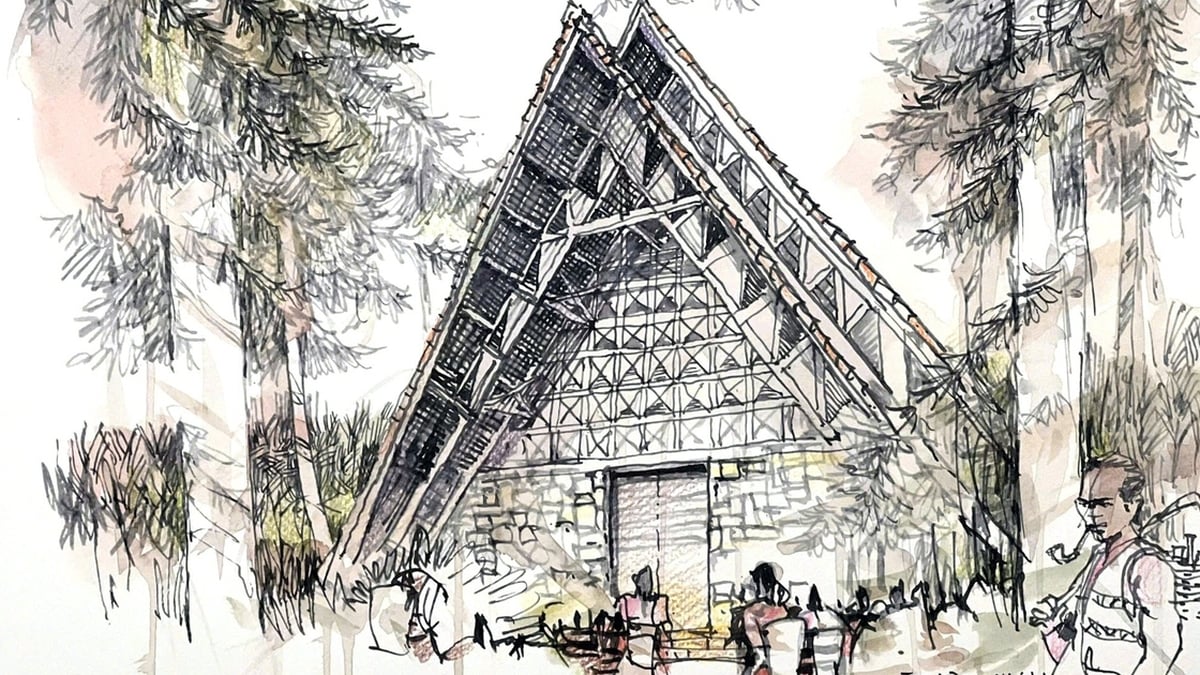


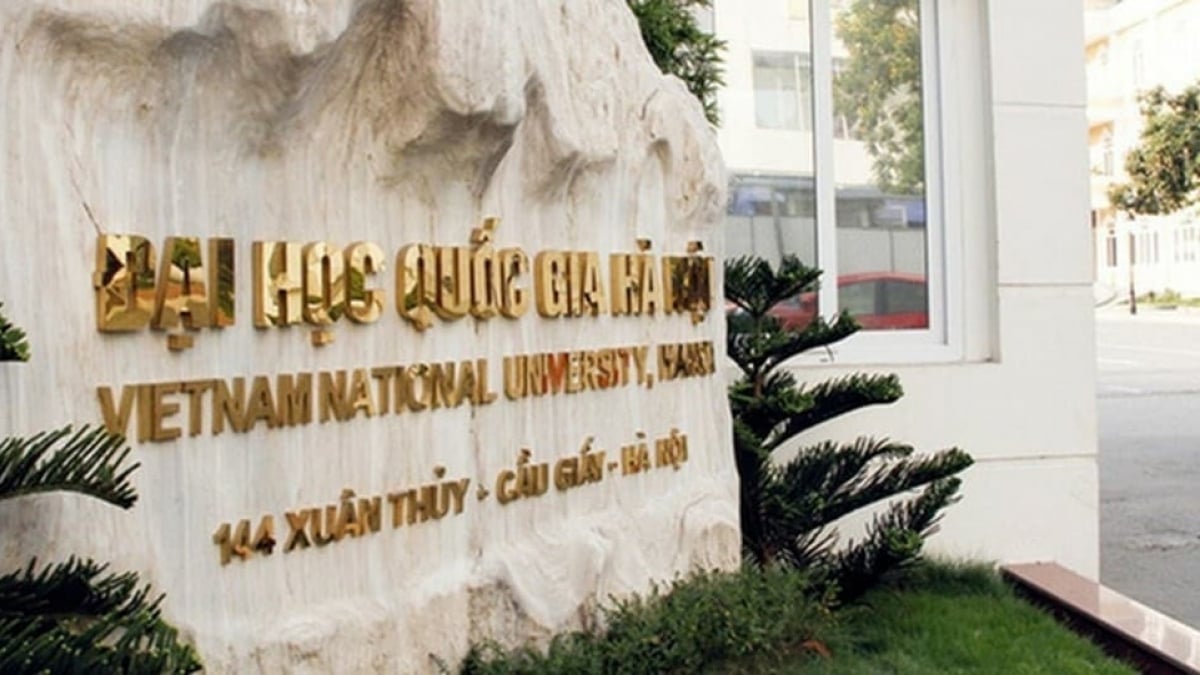
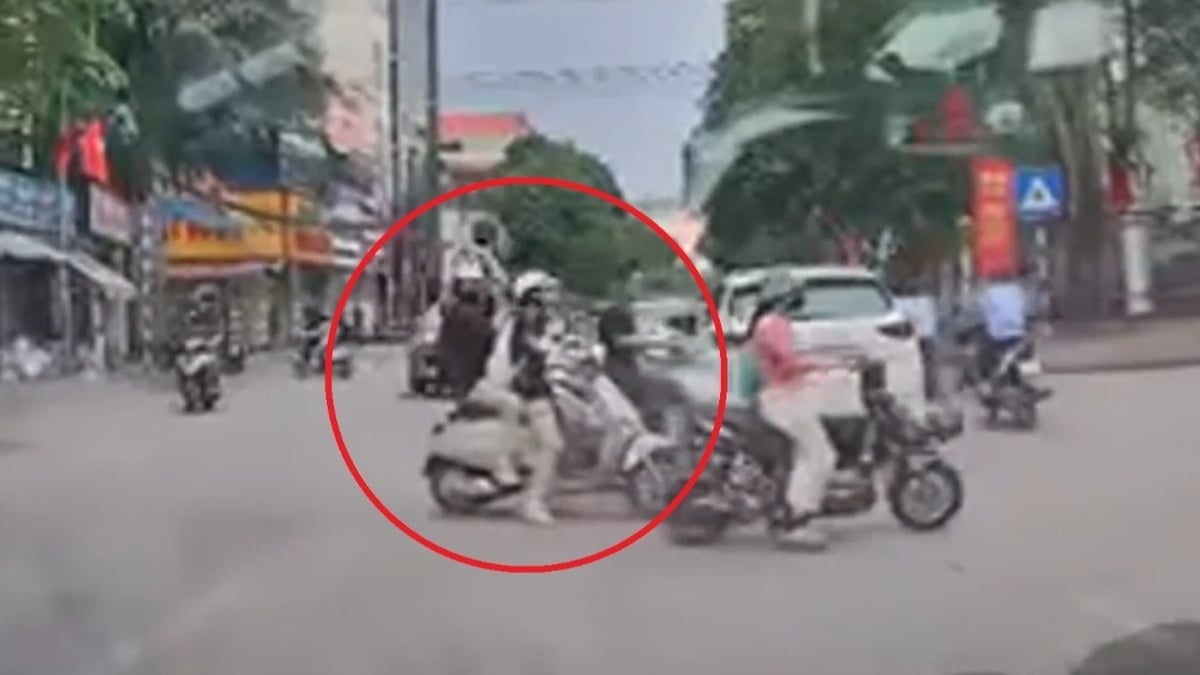



![[Video] Ministry of Health requests clarification on illegal gynecological clinic](https://vphoto.vietnam.vn/thumb/1200x675/vietnam/resource/IMAGE/2025/7/13/9c4c3d96ebff4db899f54e11d1770cc9)
























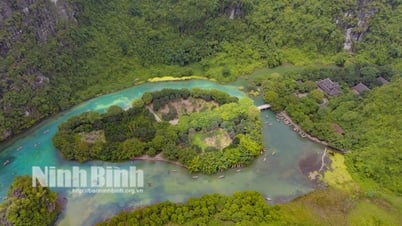

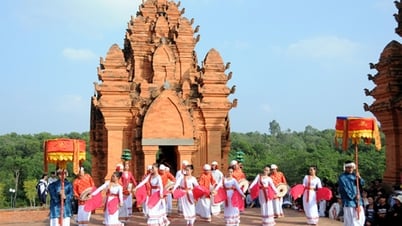

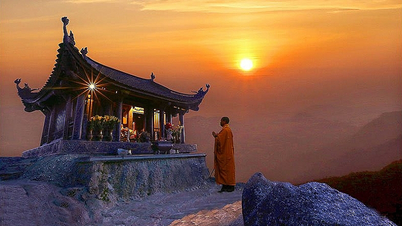

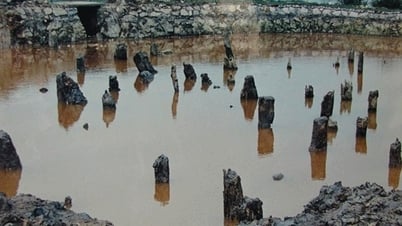

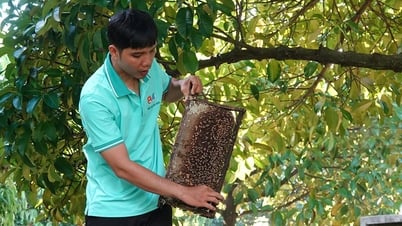



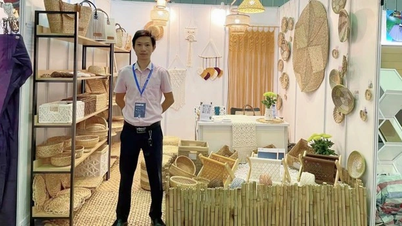
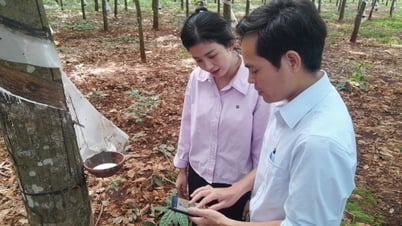

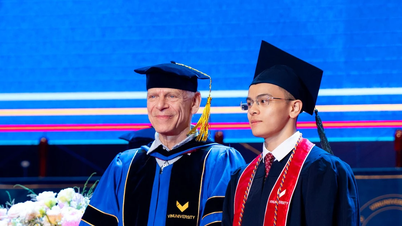
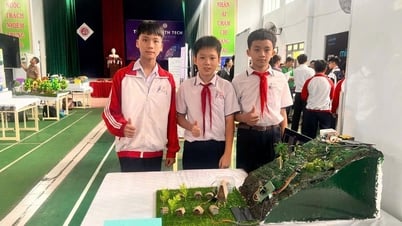








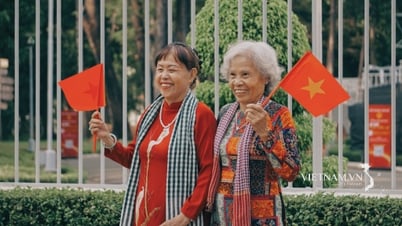






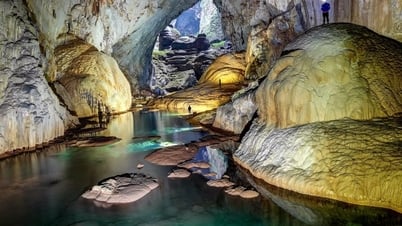






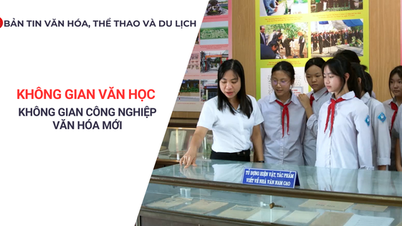

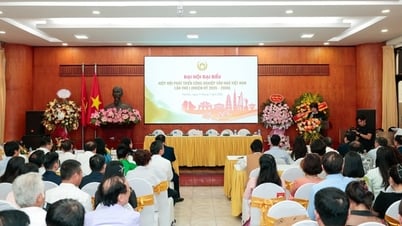






















Comment (0)